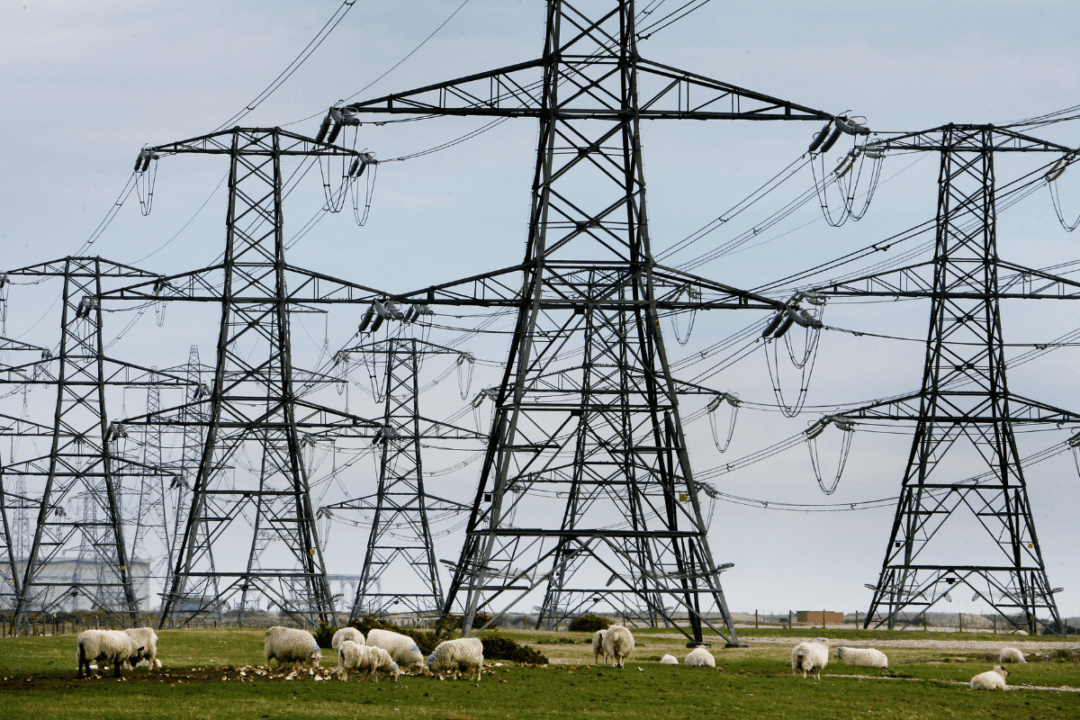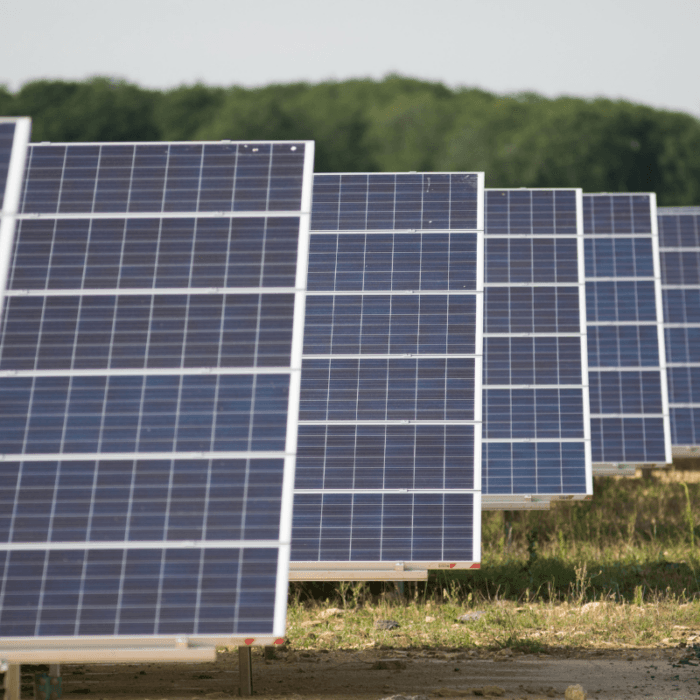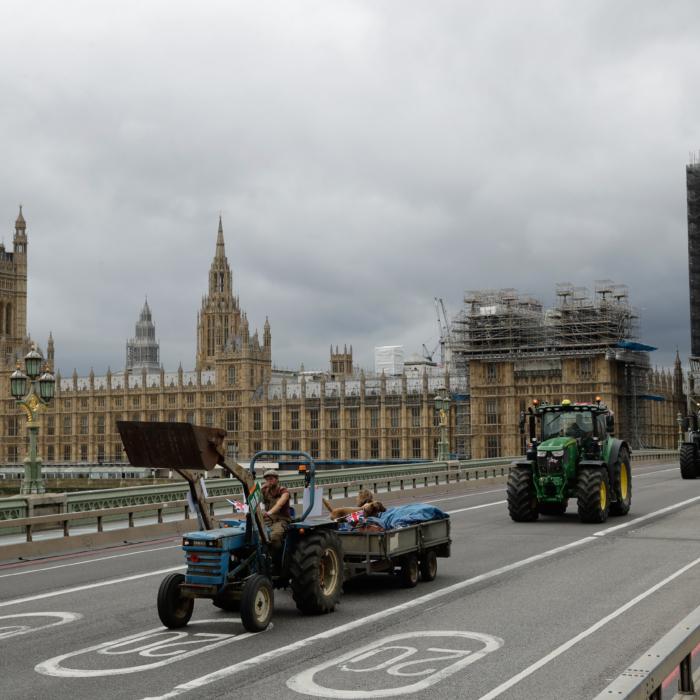An additional £58 billion will need to be invested in Britain’s electricity grid by 2035 to keep up with demand as the country attempts to meet net zero commitments, a report has said.
The ESO said the investment would facilitate the connection of an extra 21 gigawatts of offshore wind as well as other forms of “low carbon generation” across Britain. The operator said that by 2035, three times as much undersea cabling will be laid than onshore infrastructure.
Britain’s electricity needs are set to rise “substantially” by 2035—by 64 percent—as “our everyday lives become more digitally intertwined and we move towards more electrified heat and transport options.” This is coupled with the government’s plans to have a fully decarbonised electricity system by the middle of the next decade.
Current Grid Reaching Capacity
However, the report said that the “current electricity grid is reaching its capacity and is unable to transport much more electricity without reinforcing the network.”“Investment in renewable energy generation has exceeded investment in transmission capacity over the past decade, resulting in bottlenecks” on the grid, the report said.
“With little over a decade to 2035, progress must be swift and coordinated if we are to meet our Sixth Carbon Budget target,” the ESO warned.
In April 2022, the government announced that the ESO would be renationalised as part of the UK’s efforts to reach targets for net zero.
Investment in Transmission Capacity
The shift to generating electricity through wind and solar will impact the way the grid is shaped, as it will have to reach parts of country to source electricity where it had previously only limited capacity, including offshore wind farms.So while the government has committed to low-carbon energy generation, it will need to match that with infrastructure to transport it, with the report noting that with the current infrastructure, “energy is being wasted as the grid cannot transport it to where it can be used.”
This means that if wind turbines in one part of the country are producing more electricity than that region can use or export to another region, the grid must pay wind farms to shut off some of their turbines, in a practice known as curtailment.
According to the UK Wind Curtailment Monitor, curtailment cost the grid £569.7 million last year.
ESO said that the next steps involve industry stakeholders and Ofgem, the nation’s energy regulator, reviewing their commendations. Industry will then develop these options into a detailed network design phase that could involve testing solutions.
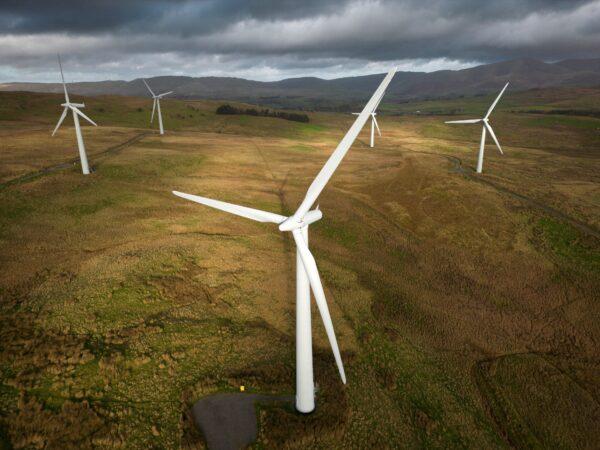
A ‘Robust Planning Process’
In response to the report, a spokesperson from the Department for Energy Security and Net Zero told The Epoch Times: “These are preliminary plans published by the Electricity Systems Operator. Any projects taken forward would be required to progress through a robust planning process.”The spokesperson added that “over 40 percent of our electricity is now from renewable sources—up from just 7 percent in 2010.”
“To keep up with growing demand, work to reinforce the grid would connect more low-cost offshore wind and low carbon energy, helping to future proof our energy supply, reduce bills, and bring the UK closer to our net zero goals,” they continued.
Households Reduce Consumption During Cold Snaps
In January 2023, a cold snap combined with a lack of wind for turbines forced the National Grid to make its coal plants available in case of need for increased energy supplies, though it said at the time that electricity supplies were not at risk.The National Grid also activated Demand Flexibility Service (DFS) events on Jan. 23 and 24, 2023, for staggered 30-minute periods between 4:30 p.m. and 6 p.m.
DFS events are where energy suppliers incentivise customers with smart meters to voluntarily limit their electricity consumption during periods of high demand in order to “balance” the grid. The scheme compensates users with points, prizes, or money.
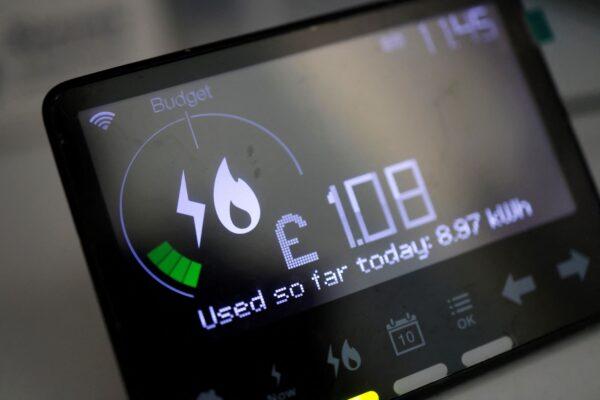
The ESO said that while DFS tests can last for one hour, live events “are likely to last for a longer period if they are needed and could run up to four hours each.” These are likely to be held at peak times for electricity usage, such as late afternoons and early evenings on weekdays.
